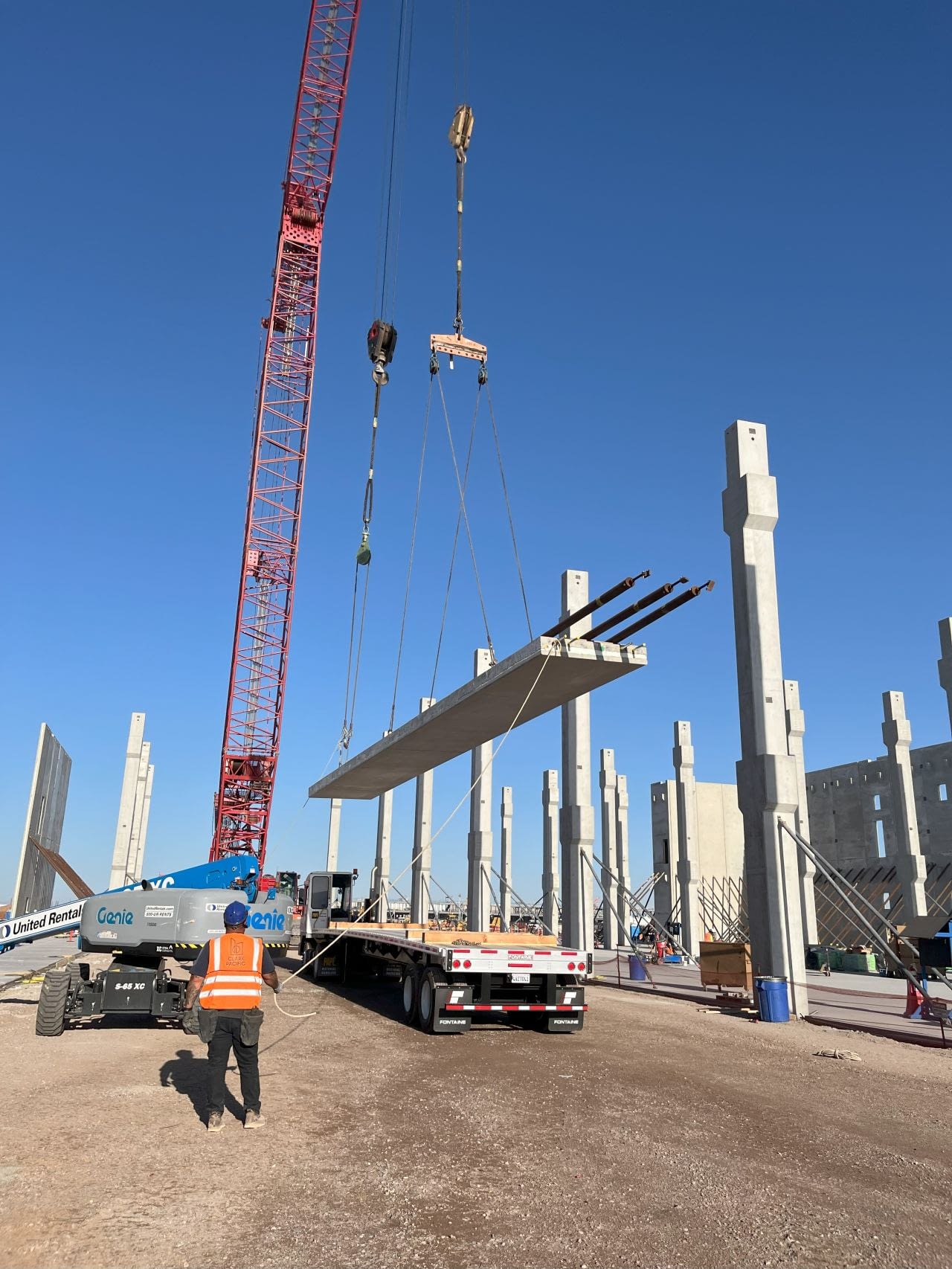Whether it’s the Notre Dame or the Empire State, construction of large, monumental buildings has been around for thousands of years. Some structures, such as the Pyramids of Giza, seem to be impressive feats of technology for the period in which they were built. It is quite a wonder how the histories of engineering, physics, and architecture have come together to create buildings that stand the test of time. The history of the car, however, is much different. The automobile has only been around for roughly 150 years, and many big changes have been made throughout its existence. Now, cars and commercial structures are equally as commonplace in our society; yet, though arguably more complex, cars are produced and innovated faster and faster every year. If the auto industry can use customizable assembly lines to boost production and minimize costs, why can’t the construction industry? With Clark Pacific’s focus on prefabrication, the art of construction is being reimagined to revolutionize the way buildings are delivered.

In automobile manufacturing, each stage of production is handled by a specialized worker who does a small number of tasks repetitively. Combined with the other workers, the assembly line develops final products faster and with less of a need for highly-skilled workers. This benefits producers, but consumers also gain from the assembly-line approach. They have the luxury of buying a fully finished car from a single manufacturer. If car owners had to be involved in every step of the production of their own vehicles, many people simply wouldn’t buy cars. This hypothetical is currently how contracting and constructing buildings works. Clark Pacific knows the hinderances of this scenario all too well, and our mission is to change this norm with prefabricated building solutions.
Prefabrication changes the construction process to mirror the assembly lines used for automobiles. At our plants, each employee has a specialized task to contribute to each panel. This allows the parts of the building to be produced more efficiently, with less room for error. Like a car manufacturer, prefabrication firms take care of every step of the process, rather than having to disperse the work to various subcontractors. Added benefits of this system include better organization and elimination of scope gaps, or discrepancies between the building owner’s vision and the field team. Outsourcing to one prefabrication provider also is arguably the most budget-friendly option, as waste and inefficiencies disappear under a singular strong coordinated team. This also leads to most projects being completed ahead of schedule, providing even more benefit to clients.

The automobile industry has already perfected this system, and it is unlikely they would ever think about switching to the methods most construction companies use today. Today construction and manufacturing are intersecting, rather than accept the losses associated with traditional construction, the industry needs to make strides to deliver a building as efficiently as a car. For us, we know the world’s greatest buildings cannot exist without a lot of work. But it doesn’t have to be hard work. Just like car companies, we can simplify the process and provide the most benefit to our customers.



